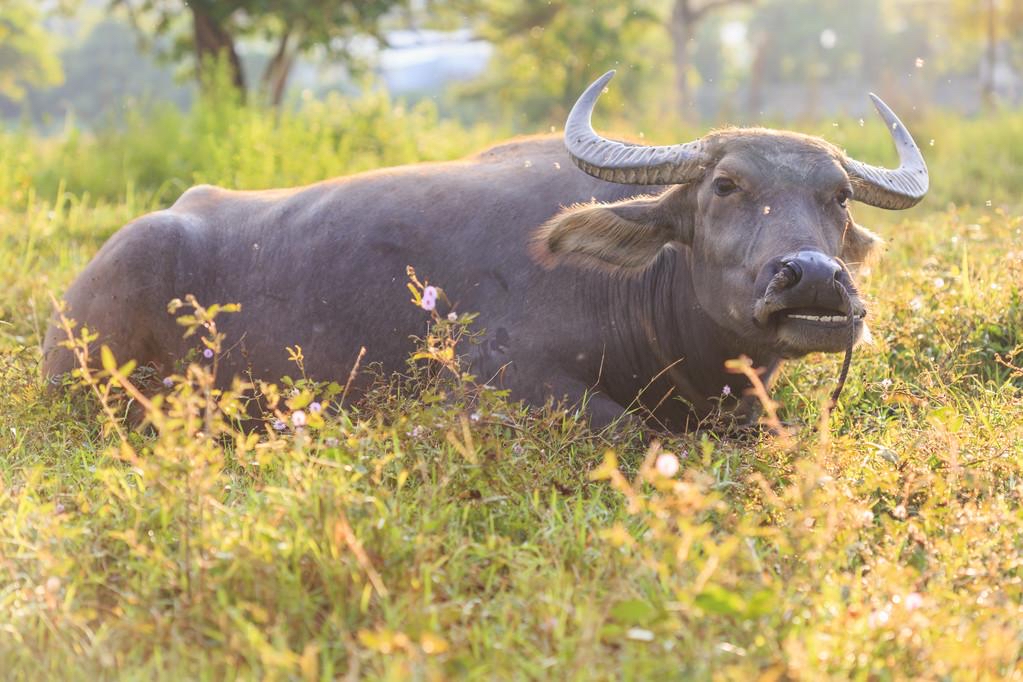

News briefing: During the feeding process of dairy cows, it is necessary to consider the demand for roughage at different feeding stages, and make a reasonable and effective combination of them, in order to meet the nutritional requirements and reduce the feeding cost a
During the feeding process of dairy cows, it is necessary to consider the demand for roughage at different feeding stages, and make a reasonable and effective combination of them, in order to meet the nutritional requirements and reduce the feeding cost at the same time. There are mainly two ways to avoid the adverse effects of roughage on dairy cow production: one is to provide high-quality roughage (low NDF content and high digestibility); the other is to improve the digestibility of roughage (equivalent to improving the quality of roughage).
To
The dry matter intake of dairy cow coarse feed is generally between 1.4% and 1.8% of body weight. Reasonably control the content of NDF, ADF (acid detergent fiber) and eNDF (effective neutral detergent fiber) in the diet, so as to enable dairy cows to extract dry matter. Maximizing food intake and reasonably controlling the body condition of dairy cows can also reduce feeding costs. It is generally required that the crude fiber content in the dairy cow's diet is not less than 17%, the NDF content should be between 28% and 33%, and the ADF content should be between 19% and 24%. Insufficiency of eNDF in diets is a common problem in production. The consequence is low milk fat rate and mild acidosis, and its content is generally required to be 15% to 21% of the total diet.
To
Usually high-quality roughage is used to feed cattle with special nutritional requirements, and low-quality roughage is used to feed dairy cows that do not require high nutritional requirements. Under normal circumstances, the crude ratio of reserve cattle is 4:6, hay is 3-6 kg/day? head, the silage dosage is 10-15 kg/day? head; the ratio of lactating cattle is 1:1, and the hay is 3-8 kg. Per day per head, the silage dosage is 10-15 kg/day per head; the dry milk cow concentrate ratio is 6:4, the hay is 5-7 kg/day per head, and the silage dosage is 10-14 kg/day per head.
In dairy farming, the rational use of roughage can be fed by the TMR method.
To
1. According to the basic information of the cattle herd, combined with the environment of the pasture feed, rationally manage the grouping.
To
2. According to the feeding standards and nutritional needs of different cattle herds, calculate whether the intake of roughage dry matter is enough. First of all, you should ensure your health. If the quality is poor, you can use 1.4% of your body weight, and if the quality is better, you can use more than 1.6% of your body weight.
To
3. According to the quantity of roughage feed and the nutrition provided by the cattle, see how far it is from the actual nutritional needs of the cows, and then supplement it with concentrate. The following three situations may occur in a well-coordinated diet:
To
(1) is just right. At this time, it should be adjusted slowly according to the output and body condition, mainly according to the needs of the herd and the cost.
To
(2) Not enough to eat. Add rations in appropriate amounts and proportions, observe the situation, and determine according to different periods and the body condition of the cows. If the body condition of the cows in the late lactation is very good, add coarse feed. For cows in the early lactation, it is best to increase the same proportion first, and at the same time replace the good roughage, and then adjust the energy and protein content of the concentrate according to the output and body condition.
To
(3) Can't finish eating. The amount of ADF can be reduced to provide high-quality forage such as high-quality alfalfa hay; if the silage quality is good, the amount of silage can be increased to replace poor-quality forage.